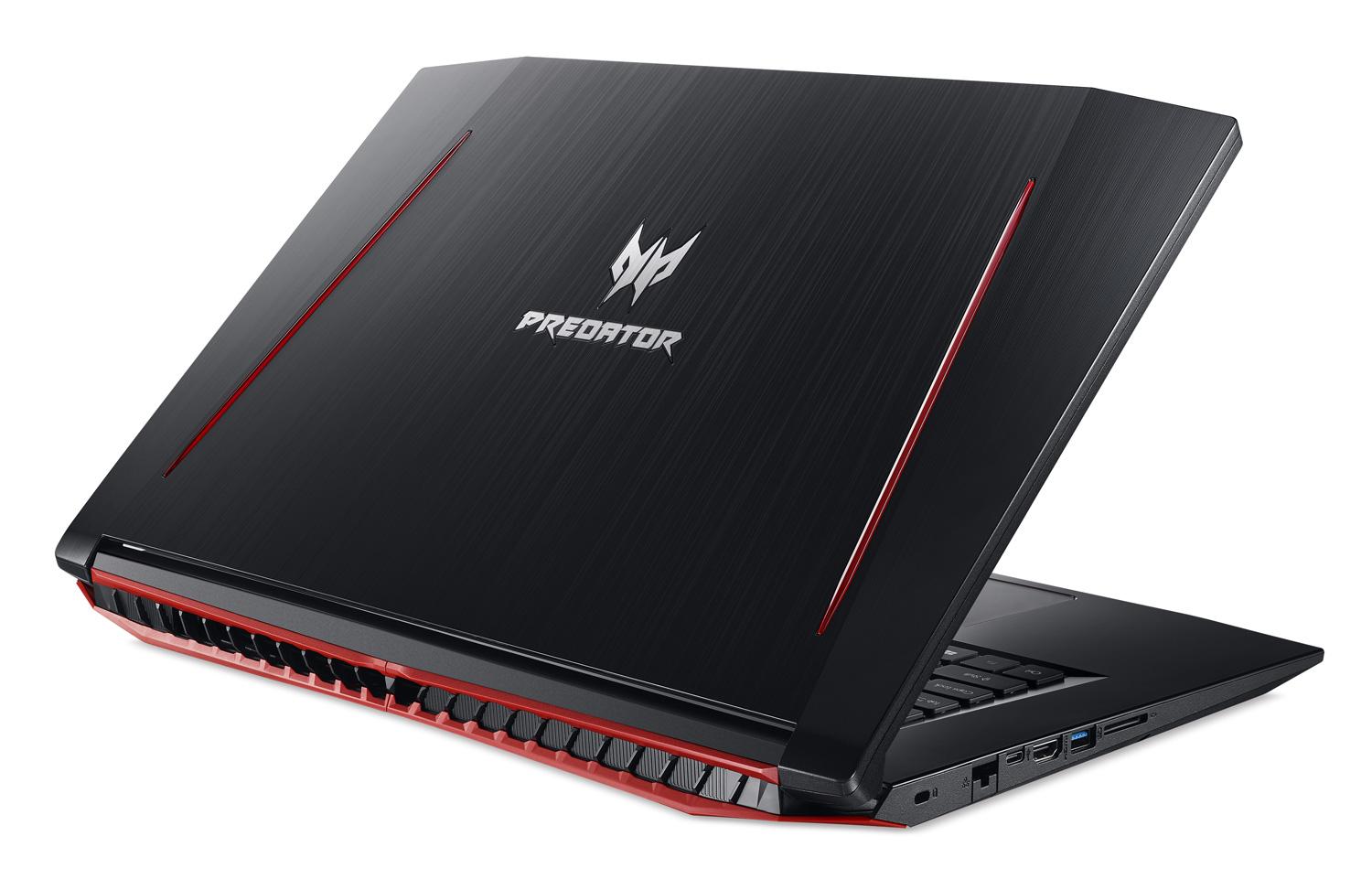Acer Predator Helios 300 Sound Quality

The Acer Predator Helios 300, a mainstay in the mid-range gaming laptop market, continues to draw attention for its processing power and thermal management. However, users and reviewers alike have consistently raised concerns regarding a critical component often overlooked in the pursuit of frame rates: its audio quality.
The sound quality of the Predator Helios 300, while functional, frequently falls short of expectations set by other aspects of the device. This article delves into the specific limitations, the factors contributing to them, and potential solutions or alternatives for gamers seeking a more immersive audio experience. We will explore reported user experiences, expert opinions from tech publications, and available options for enhancing the laptop's audio output.
Sound Hardware and Limitations
The Predator Helios 300 typically incorporates built-in stereo speakers. These speakers are usually located on the underside of the chassis, directing sound downwards or towards the surface the laptop rests upon.
This placement often results in muffled audio, particularly when the laptop is placed on soft surfaces such as a bed or couch. The relatively small size of the speakers themselves further contributes to limitations in bass response and overall soundstage.
While Acer has not explicitly detailed the exact specifications of the speakers in the Helios 300, teardowns and user reports suggest they are standard, off-the-shelf components common in many laptops in its price range. Consequently, they lack the specialized acoustic engineering found in high-end audio devices.
User Experiences and Expert Reviews
Across various online forums and product review sites, a recurring theme emerges: the Predator Helios 300's audio is deemed "adequate" at best. Many users report that the sound is tinny, lacking depth and richness, especially at higher volumes.
Reviews from tech publications like TechRadar and PC Gamer frequently mention the underwhelming audio. These reviews often highlight the lack of bass and the generally flat sound profile, suggesting that external headphones or speakers are essential for an enjoyable gaming or multimedia experience.
One reviewer from PC Gamer noted that the speakers were "fine for system sounds but completely inadequate for immersive gaming." This sentiment reflects the general consensus among experts in the field.
Potential Solutions and Alternatives
Recognizing the limitations of the built-in speakers, many users opt for external audio solutions. Using headphones is the most common approach, providing a significant upgrade in sound quality and isolation.
Gaming headsets, in particular, offer features like virtual surround sound and noise cancellation, enhancing the immersion and competitive edge. External speakers are another popular alternative, allowing for a wider soundstage and more powerful audio output.
Some users also explore software-based solutions, such as equalizer apps or audio enhancement utilities. While these tools can help to tweak the sound profile and compensate for some of the hardware limitations, they cannot entirely overcome the inherent shortcomings of the built-in speakers.
Acer's Perspective (or Lack Thereof)
Acer has not released any official statements directly addressing the specific criticisms of the Predator Helios 300's audio quality. Their marketing materials tend to focus on the laptop's gaming performance and cooling capabilities, rather than its audio prowess.
It is plausible that Acer prioritizes other aspects of the laptop, such as processing power and thermal management, given the target audience of gamers who often use headphones. However, a more balanced approach, incorporating improved audio hardware, could significantly enhance the overall user experience.
It is crucial to note that audio perception is subjective. What one user considers "acceptable," another may find lacking.
However, the consistent feedback across multiple sources suggests a common understanding of the audio shortcomings.
Looking Ahead
As gaming laptops continue to evolve, manufacturers are increasingly paying attention to factors beyond raw performance. The demand for immersive experiences is driving innovation in areas such as display technology and audio quality.
Future iterations of the Predator Helios 300 could benefit from incorporating better quality speakers or improving their placement to minimize sound muffling. Collaboration with audio technology companies could also lead to more advanced sound solutions.
Ultimately, addressing the audio limitations would elevate the Predator Helios 300 from a solid mid-range gaming laptop to a more well-rounded multimedia device. This improvement could attract a wider audience seeking a truly immersive gaming and entertainment experience.


















